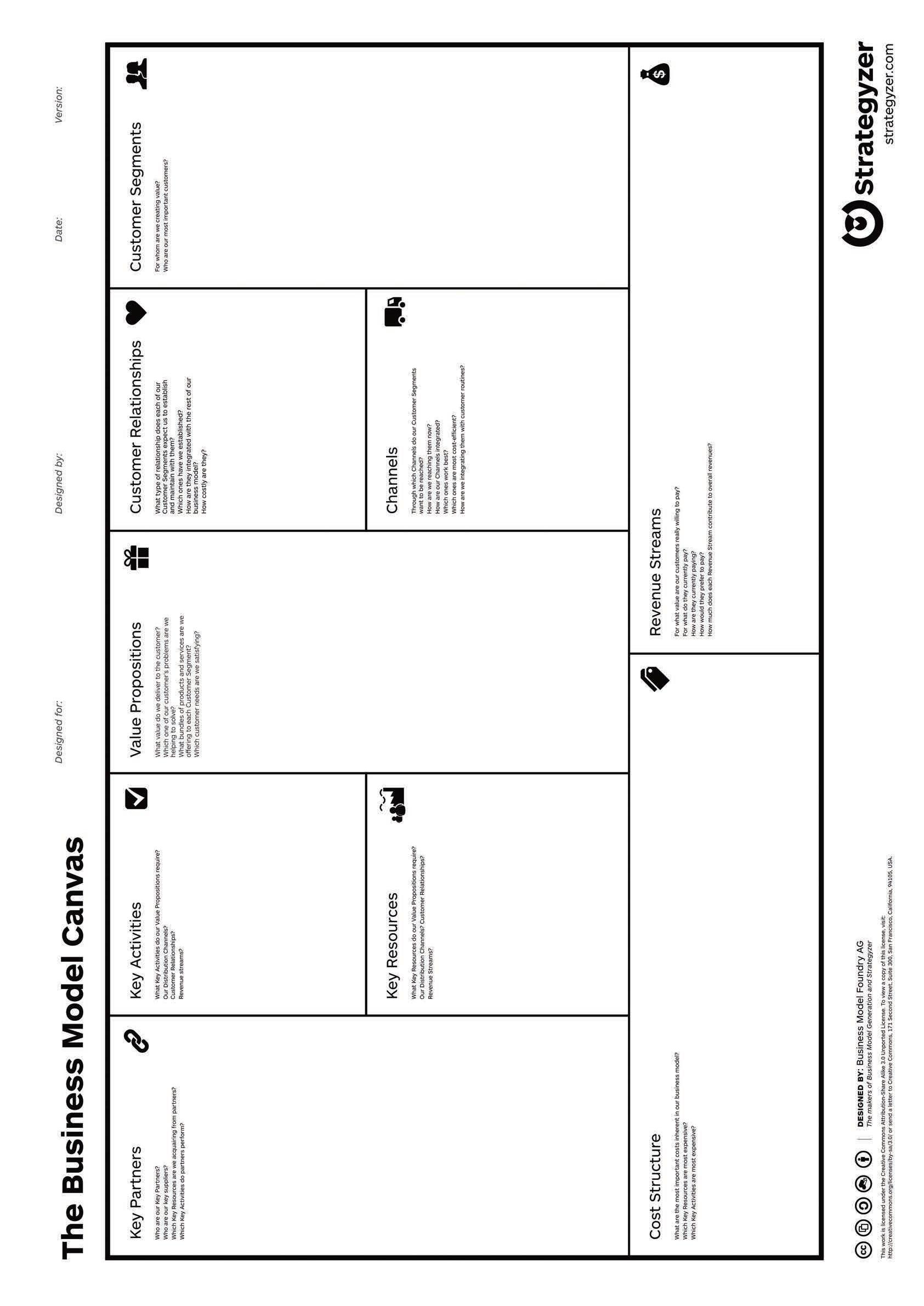
2 minute read
Business Model Canvas
from Design Thinking
TIME
90 minutes
Advertisement
DIFFICULTY
Moderate
WHAT YOU’LL NEED
Pens, Business Model Canvas worksheet p. 180
PARTICIPANTS
Design team
This handy worksheet can help you think through some key aspects of a social enterprise, service, or business.
As you solidify your idea and start to test it, you’ll also need to remain cognizant of your business model. A good way to keep it front and center in your mind is by using a Business Model Canvas. This simple sheet asks you key questions like what’s your revenue stream, what are key partnerships you’ll need to forge, and what resources are vital to your operation. You might even use a Business Model Canvas several times in the process as elements are bound to change as you refine your idea and move toward implementing it.
STEPS
01 Print out a Business Model Canvas for each of your team members. There’s a good one in the Resources section on p. 180.
02 Sit down with your team and start to fill out the sections of the Business Model Canvas. When you fill it out the first time, expect for there to be holes. It’s okay not to know exactly how everything will work.
03 You may need to pause filling out the sheet to get more information.
04 When you’re done, post the Business Model Canvas in your workspace. Like everything else in the human-centered design process, you’ll refine it. Consider doing a new one as your project progresses.
METHOD IN ACTION
Business Model Canvas
Partnering with Water and Sanitation for the Urban Poor (WSUP) to improve sanitation solutions in Zambia, an IDEO.org team set out to design the brand and business model for a pit latrine emptying service.
To make sure they were leveraging a new vacuum truck technology—which allowed for more effective and efficient emptying of pit latrines— in a way that best suited the community, the designers set to work thinking about what type of business and service model should be built around it. Ultimately, the service model was designed to encompass a variety of subscription models, from monthly payments for recurring partial emptying service to one-time payments for a full service. This would allow the business to accommodate families with varying levels of liquidity. But in addition to creating a payment system that worked for the community members, the design team needed to find a viable business model for the service itself.
To get a better idea of what might work, they used a Business Model Canvas. This enabled the team to map out and understand what their business might look like from the partners and activities necessary to get the idea off the ground to the value proposition offered to the customer. Furthermore this model provided a quick way to check cost versus revenue streams, which was crucial to seeing if the concept could be taken forward as a sustainable service.






